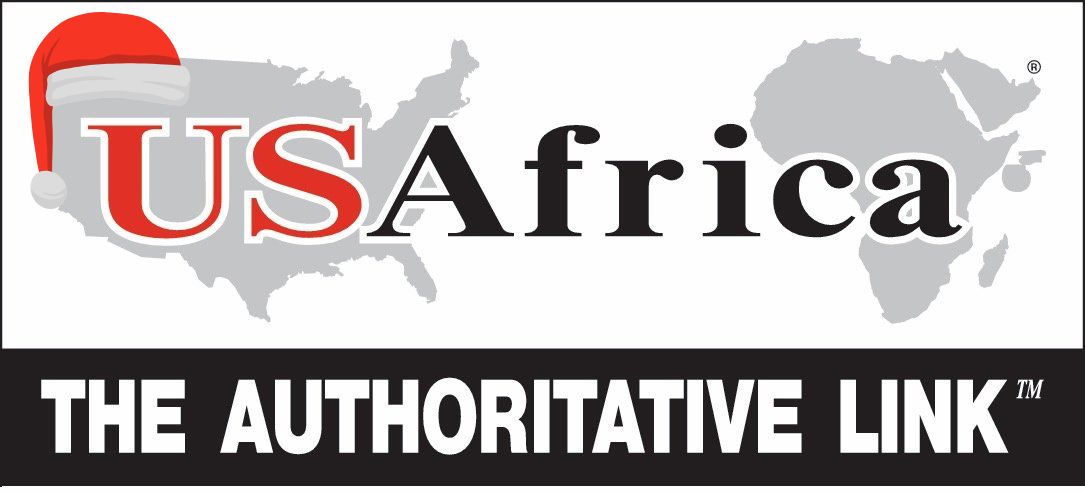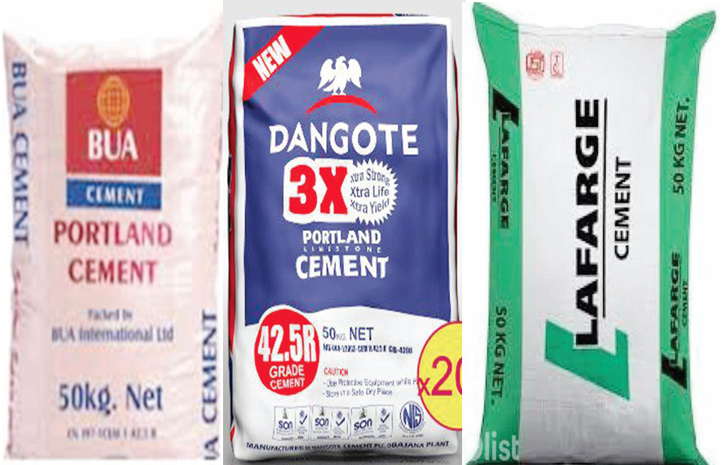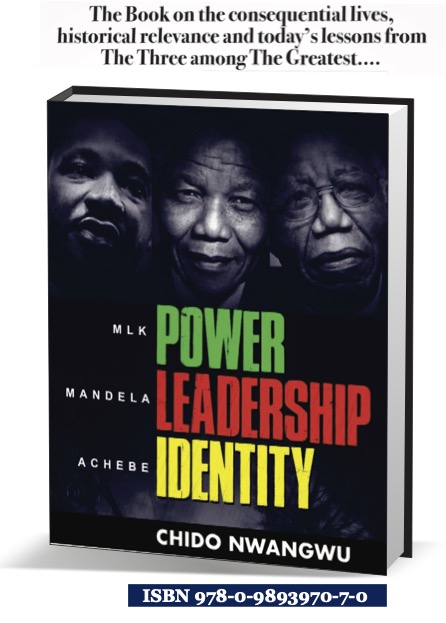Cement companies claim significant losses in foreign currency.
Between January and June 2022, the Nigerian industrial sector borrowed $4.4 billion from the Central Bank of Nigeria (CBN) to pay its import bills, making up about half of the entire amount the central bank distributed to seven sectors during the same time period.
This is according to the data gathered from CBN’s sectorial use of foreign exchange, as sourced by USAfrica.
Major industrial firms in the Nigerian economy have lamented the lack of foreign exchange in the meantime. The three listed cement producers in the nation experienced around N78 billion in foreign exchange losses between January and September 2022 as a result of this problem.
Looking through the CBN data: In the first half of the year, the apex bank assisted with a total of $8.89 billion to seven sectors of the economy to finance their import requirements. This is 55.4% more than the $5.72 billion spent during the same period in 2021.
The largest portion went to the industrial sector, which earned $4.44 billion, or 49.9% of the total. In comparison to H1 2021, when the industrial sector received $2.27 billion, the amount received by businesses during the review period was 95.5% greater.
Produced goods came in second with $1.86 billion, accounting for 20.93% of the total, followed by manufactured goods with $1.21 billion, accounting for 13.56%.
Oil ($700.6 million), minerals ($291.7 million), and transportation ($274.1 million) are also on the list, with agriculture receiving the least at $121.17 million.
Analysis of Companies’ FX Deficits: In the first nine months under examination, Dangote Cement, BUA Cement, and Lafarge Africa collectively suffered forex losses totaling N78.62 billion accordingly to the data gathered from CBN.
It climbed by a staggering 699.1% year-over-year, in contrast to the corresponding time in 2021 when they posted an overall loss of N9.84 billion.
The biggest gain in numbers was seen at BUA Cement, which went from N295 million to N5.26 billion. Dangote Cement, on the other hand, had the largest loss, at N72.39 billion, compared to N8.32 billion the year before.
Lafarge Africa, meanwhile, was able to post a lower foreign exchange loss than it did last year, with its loss falling by 21% from N1.22 billion in the first nine months of 2021 to N967.29 million in the reviewed period.
Due to the ongoing and intense demand for dollars, there has been significant volatility in the Nigerian currency rate and this causes losses in the industry.
Businesses in Nigeria continue to be negatively impacted by the sustained volatility of the exchange rate, despite the fact that the increase can be attributed to factors such as Nigerians’ decision to diversify against inflation, increased demand as a result of the “JAPA syndrome,” strengthening of the US dollar against emerging currencies, a downturn in crude export earnings, and global inflation among others.
Following a brief assessment of the companies’ notes to the accounts, BUA Cement observed that the significant increase in its FX loss is due to the significant difference between the auction bid and the I&E rates. The lack of foreign inflows, with FPIs and FDIs at historic lows, has also been a problem for the CBN.
Dangote Cement stated at the presentation of its nine-month results that the increase in its exchange losses was a result of the weakening of various Pan-African countries’ currencies.
The continual intervention by the CBN in the Investors and Exporters window, which has kept the currency rate in a managed floating state, has caused Nigeria’s foreign reserve to lose nearly $3.2 billion year to date. The CBN claims that between January and June 2022, it provided the I&E, SME, and Invisibles with a total of $7.74 billion.
How has the naira performed so far this year? The naira has performed poorly compared to other major currencies, especially the US dollar. The exchange rate has declined from an average of N416/$1 reported last year to around N440/$1 in the official Investors and Exporters window.
Similarly, the black market naira has weakened, reaching a record low of N900/$ last month. The US dollar was depreciating by 29.4% as of Tuesday, November 15th 2022, trading at an average rate of N800, down from N595/$ at the start of the year.
The exchange rate in the peer-to-peer (P2P) cryptocurrency exchange market has also acted similarly to the black market; it is currently trading at an average of N795 to $1.
In order to pay their import costs, manufacturing enterprises operating in Nigeria are now getting creative about where they may find foreign exchange because they are unable to obtain enough of it through the legitimate market.
While some businesses have been able to earn dollars by exporting their products to other nations, many have been forced to source dollars at a higher rate on the parallel market, which has increased operating costs and forced them to either increase prices for their products or decrease their profit margins.
Since ceasing to sell foreign exchange to Bureau De Change operators in July 2021, the CBN has increased the amount of foreign exchange it sells to businesses and the I&E window. However, the corporations’ demand exceeds the supply, which results in increased FX expenses for them. BUA Cement hinted at obtaining foreign exchange through other routes at higher rates in its Q3 report presentation.















